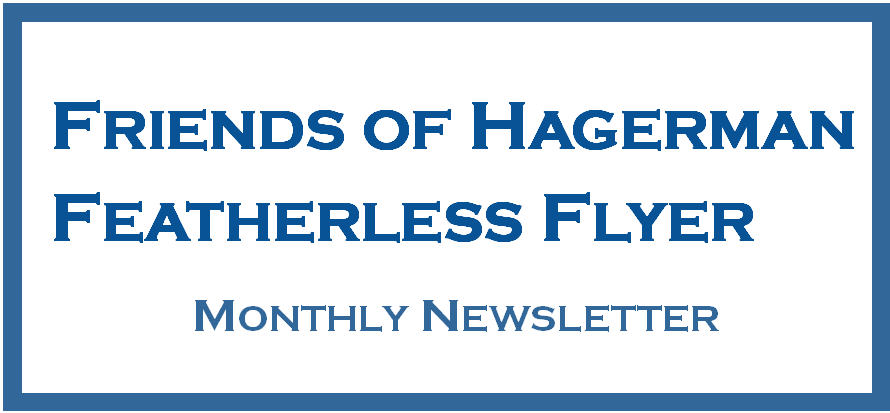|
Welcome Photos by Steve Treadway |
Please Join Us! Come and Help Us Celebrate the 80th Birthday of Hagerman National Wildlife Refuge! 8:00 Second Saturday Bird Walk 10:00 Ferns of Texas: Why the Lone Star State is So Diverse with George Diggs 11:30 Coffee, Cake and a Game with Ranger Beard 12:00 The History of Hagerman NWR with Mary Estre, Petrolium Specialist |
|
By Richard Barnes on Youtube |
Wilson's Snipe by Richard Barnes |
SiteMap:
| Friends of Hagerman NWR Foundation is a 501(c)(3) corporation whose mission is to instill reverence, respect, and conservation of our wild creatures and habitats through supporting environmental education, recreational activities, and programs of Hagerman National Wildlife Refuge and the U.S. Fish and Wildlife Service.
American Kestrel by Julie Custer-Gregg
Waterfowl by Julie Custer-Gregg
Photo by Pam Rendall-Bass |
Search for any word--do not use quotes for phrases |
Kroger: Stop by the customer service desk at Kroger and link your Kroger Card to the Friends of Hagerman: the Friends will get rewards for every dollar you spend, at no cost to you.
Please add info@friendsofhagerman.org to your contacts to ensure delivery of registration confirmations, account information and the Featherless Flyer
See you at the refuge!
















